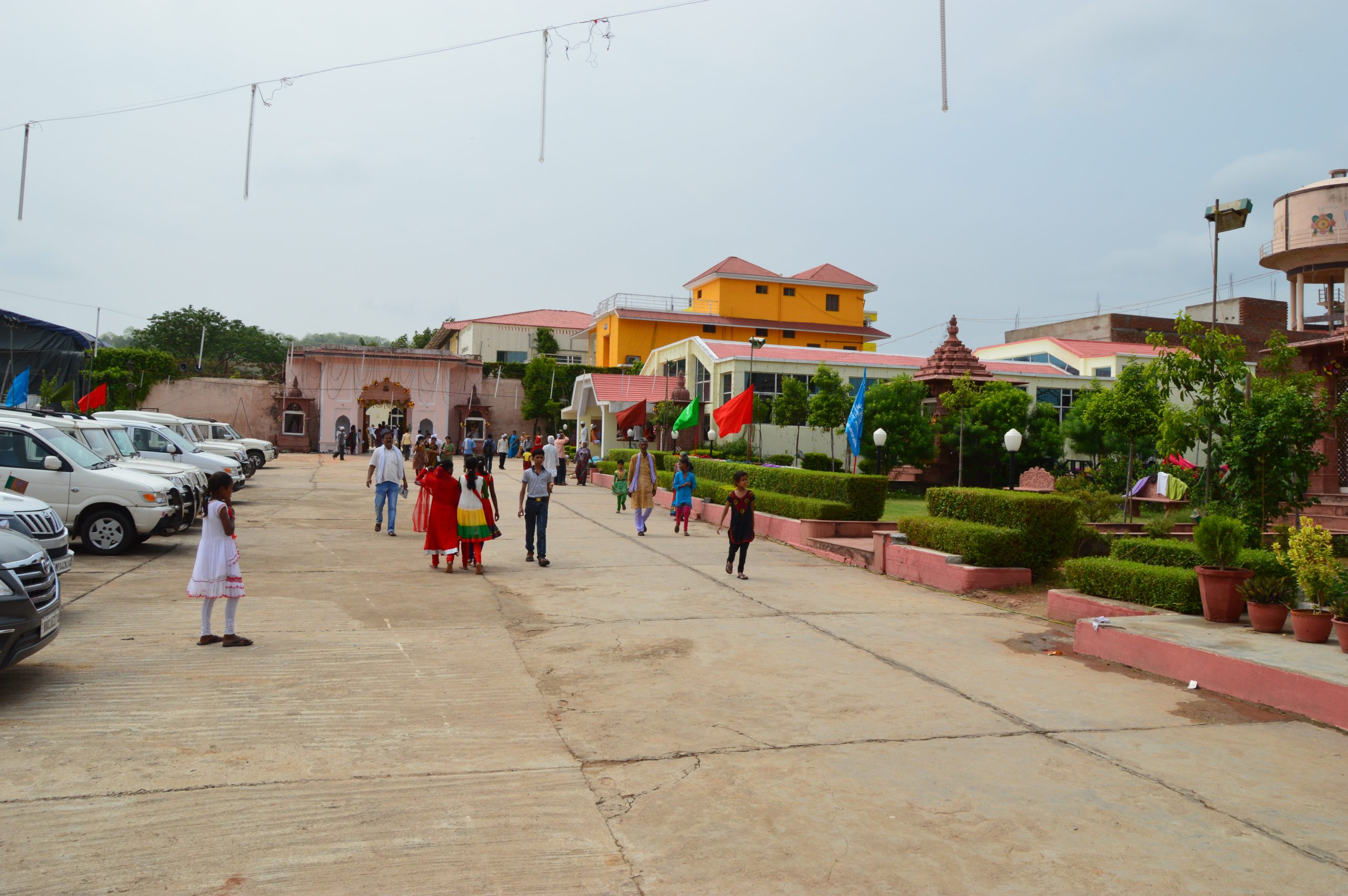Satna is the city with the cleanest air in India. Air cleanliness levels are measured in PM readings. The average large Indian city has a PM of 4.5. Satna has a PM of 2.5. This equates to around 15.5µg/m³ which makes Satna one of the best cities in India for respiratory health.
These air particles are not of a big health concern. However, they are still there. In some cases, they can come with respiratory or eye irritations.
How clean is the Air in Satna?
Indian air cleanliness standards are some of the worst in the world. What’s considered clean air here might be considered high pollution in Austria. To better understand it’s air quality, we’ll take a deeper look at the city of Satna.
The city has a population of nearly 300.000 people. It’s not a small town by any chance. But it is known as the main cement producer in India. This is the main industry that creates these small air pollution particles and one of the biggest dangers when it comes to respiratory health.
Satna produces between 8% and 10% of India’s cement, depending on the source of the statistics. Cement factories here have exploded in numbers after market liberalization. It will take a while to implement health standards for all of these factories.
The 3 biggest sources of pollution in Satna are cement, poor electricity, and poor road infrastructure. Cement is one of the most problematic as its fine particles rise into the atmosphere. Satna is also known as a large limestone producer and this doesn’t have air pollution levels either.
All of these air pollution particles tend to settle in time. The bad news is they mainly settle on public roads, which are already in poor condition in Satna. One of the biggest issues of the city is that it rarely or poorly cleans its streets. This is why dust and cement particles are still largely found on public roads and traffic tends to rise these particles back into the air. Better road cleaning technologies could be used to limit this process and its drawbacks for public health.
Producing electricity in India is also an unhealthy process. Coal is used to make electricity which adds to air pollution levels of the city. It’s not ideal, but at least it’s affordable.
The Himalayas don’t help
Northern India is close to the high Himalayas. This means without strong wind, there’s no place for the air with dust and cement particles to escape from Satna. This is why periods with low wind speeds such as during the winter rise the air pollution levels of the city.
In some areas in this Northern Indian territories, the air becomes visibly polluted during the winter. Satna might be the place with the cleanest air in India, but it’s far from the ideal place to live if you suffer from respiratory problems. Overall pollution levels tend to decrease here from 2018 and it remains to be seen if the trend will continue over the next few years.

















